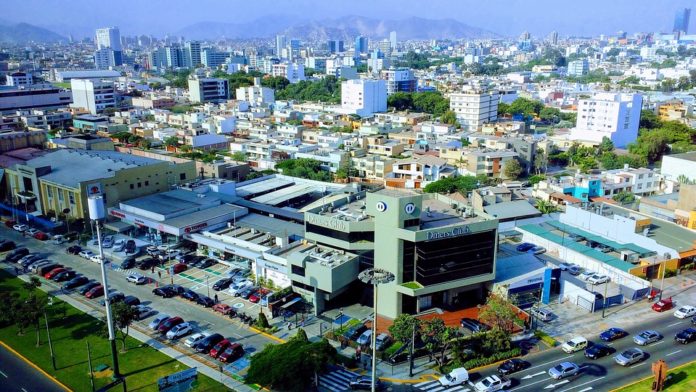According to 2 different studies conducted at Purdue University, urbanization changes to storm patterns and rainfall amounts. It also highlights the requirement of urban planning and infrastructure design that considers how the landscape will affect the weather.
Scientists analyzed the patterns over the coastal megacity of Mumbai, India, and the mountainous city of San Miguel de Tucumán, Argentina. By doing this, they determined how urban development affected storms in those regions.
The Mumbai examination was done as a team with the Indian Institute of Technology Bombay, while the investigation in Argentina was finished with the University of Alabama in Huntsville.
The scientists anticipated that would see that Mumbai’s additional warmth and structures altogether upset tempests. However, they anticipated that would see a little effect in San Miguel de Tucumán since the landscape around the city is tough, which likely makes the tempests turbulent before they achieve the city.
Dev Niyogi, Indiana state climatologist said, “In Mumbai, the urban landscape disrupted rainfall, creating pockets and ribbons of rain that would intensify downpours in some parts of the city. Mumbai and other Indian cities have experienced significant flooding in recent years, possibly exacerbated by the way the cities affect storms.”
“The researchers also found the storms organize themselves over the city in clusters. This organization showed that meteorologists should focus on small, 100-kilometer-squared areas with rain gauges or satellite images to best model future storms.”
Scientists used satellite data to track storm examples and model the manners by which Mumbai was adjusting those examples. The outcomes feature the need to see how sprawling urban scenes will influence extreme climate, illuminating surge checking endeavors and future basic framework choices.
Satellite data and models showed that urbanization resulted in 20-30 percent less precipitation downwind of the city and an eastward shift in precipitation upwind. Again, Niyogi said the effect cities will have on rainfall changes needs to be taken into account before large-scale developments continue in the mountain regions where water is already a scarce resource.
Niyogi said, “Understanding how these storms are changing by interacting with a city helps improve forecasting. But it also gives an idea of how infrastructure design will need to be considered since cities will change their own rainfall patterns. We may need to think about things like storm water drainage and the location of drains, for example. Certain parts of a city might receive more rainfall, and that could lead to flooding if proper planning isn’t considered.”
“Even in complex terrain, we see really significant changes coming from the effects of the city. In the long term, as these mountain communities evolve and they try to balance development and water needs, their landscape changes will have a profound impact on water availability.”
Despite differences in each storm studied, precipitation in Mumbai and San Miguel de Tucumán both fell into fairly predictable patterns – ribbons or pockets of heavy rain in India and a skirting of the city in Argentina.
“These are very complex environments, yet we see that these storms beautifully organize themselves into nice structures that we can understand,” Niyogi said. “Almost everything around us seems chaotic and unpredictable, yet we see these patterns emerge in the natural systems. That means that we don’t need to study every storm in every situation. Solutions can emerge from snapshots of our understanding and perhaps have universal validity. This similarity helps develop models and guidance that can have broad utility as we design prediction systems for the next generation of cities and their infrastructure.”
